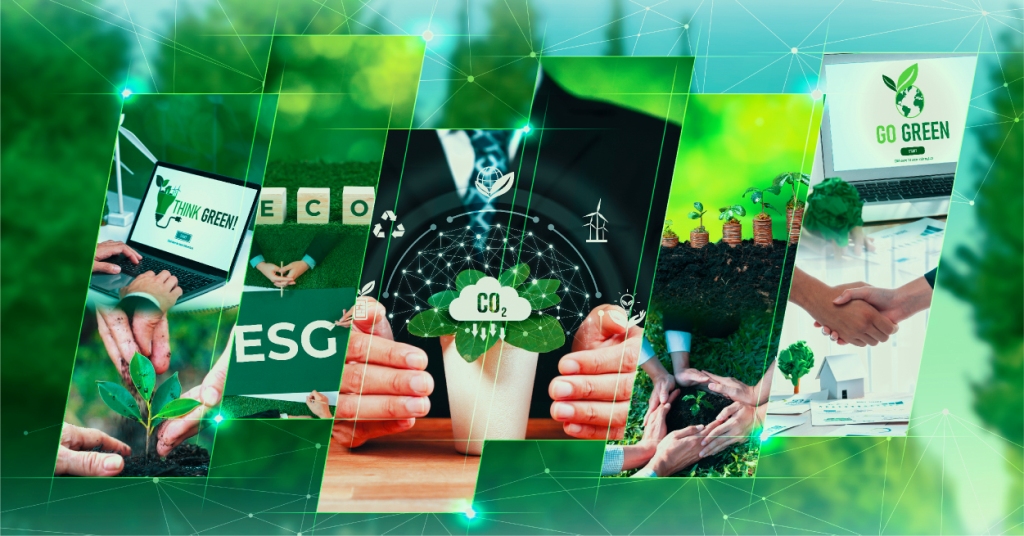South Africa faces increasing challenges in waste management as urbanization, population growth, and industrial activities generate massive amounts of waste. Traditional disposal methods like landfills are no longer viable due to limited space and environmental concerns. In this context, waste-to-energy (WTE) has emerged as a transformative solution, offering a sustainable way to manage waste while generating renewable energy.
This blog explores the concept of waste-to-energy, the role of waste-to-energy plants, and how advancements in waste-to-energy technology contribute to sustainable waste management in South Africa.
Understanding Waste to Energy
Waste to energy is a process that converts non-recyclable waste materials into usable energy, such as electricity, heat, or fuel. This approach not only reduces the volume of waste destined for landfills but also contributes to energy production, making it a dual-purpose solution for waste management and energy generation.
At the heart of this technology are waste-to-energy plants, which use advanced processes like combustion, gasification, and anaerobic digestion to extract energy from waste.
How Waste to Energy Plants Work?
Waste-to-energy plants are designed to handle various types of waste, including municipal solid waste, industrial waste, and agricultural residues. The process generally involves the following steps:
1. Waste Collection and Sorting:
Non-recyclable waste is collected, sorted, and prepared for processing. Recyclable materials and hazardous waste are removed at this stage.
2. Energy Conversion:
- Combustion: Waste is burned at high temperatures in specialized furnaces to generate heat, which is used to produce steam and drive turbines for electricity generation.
- Gasification and Pyrolysis: These processes involve breaking down waste materials into synthetic gas or bio-oil, which can be used as fuel.
- Anaerobic Digestion: Organic waste is decomposed by microorganisms in an oxygen-free environment, producing biogas that can be used for heating or electricity.
3. Energy Output:
The energy produced is used locally or fed into the national grid, contributing to renewable energy supplies.
4. Residual Management:
The byproducts, such as ash from combustion or digestate from anaerobic digestion, are processed further for safe disposal or use in construction and agriculture.
Efficiency of Waste to Energy Plants
The efficiency of waste to energy plants depends on several factors, including the type of waste processed, the technology used, and operational practices. Modern WTE plants achieve energy recovery efficiencies of up to 30-35% for electricity generation, with even higher efficiencies when combined heat and power systems are used.
In South Africa, advancements in waste-to-energy technology are improving the performance of WTE plants. Innovations such as advanced gasification techniques, integrated waste sorting systems, and real-time monitoring tools are enhancing efficiency while reducing environmental impact.
The Role of Waste to Energy in South Africa
South Africa generates millions of tons of waste annually, much of which ends up in landfills. Waste to energy provides a sustainable alternative to traditional disposal methods, addressing key challenges:
1. Reducing Landfill Dependency:
By diverting waste to WTE plants, South Africa can extend the lifespan of existing landfills and avoid the need for new sites.
2. Mitigating Climate Change:
Waste-to-energy plants reduce greenhouse gas emissions by preventing methane release from landfills and replacing fossil fuel-based energy with renewable sources.
3. Promoting a Circular Economy:
WTE aligns with circular economy principles by recovering energy and materials from waste, creating a closed-loop system.
4. Supporting Energy Transition:
Waste-to-energy technology complements South Africa’s renewable energy strategy, helping to diversify the energy mix and reduce reliance on coal.
Role of Ion Exchange in Scaling Waste to Energy Solutions
At Ion Exchange, we provide innovative, tailored solutions for treating both solid and liquid waste, using advanced technologies such as biogas, compressed biogas (CBG), pyrolysis, and torrefaction. Our customized waste management systems are designed to meet your specific input materials and requirements, ensuring efficient and sustainable operations. By partnering with us, you can transform waste into valuable resources with the help of cutting-edge technology and personalized service. Our offerings include:
Conclusion
Waste-to-energy systems are revolutionizing South Africa’s approach to sustainable development by turning environmental challenges into opportunities. These systems not only reduce landfill dependency but also contribute to cleaner energy production, aligning with the nation’s vision for a greener future. As South Africa continues to invest in innovative technologies, waste-to-energy stands as a powerful solution to meet energy demands while protecting the environment for generations to come.


